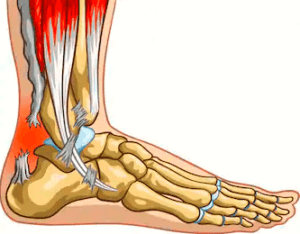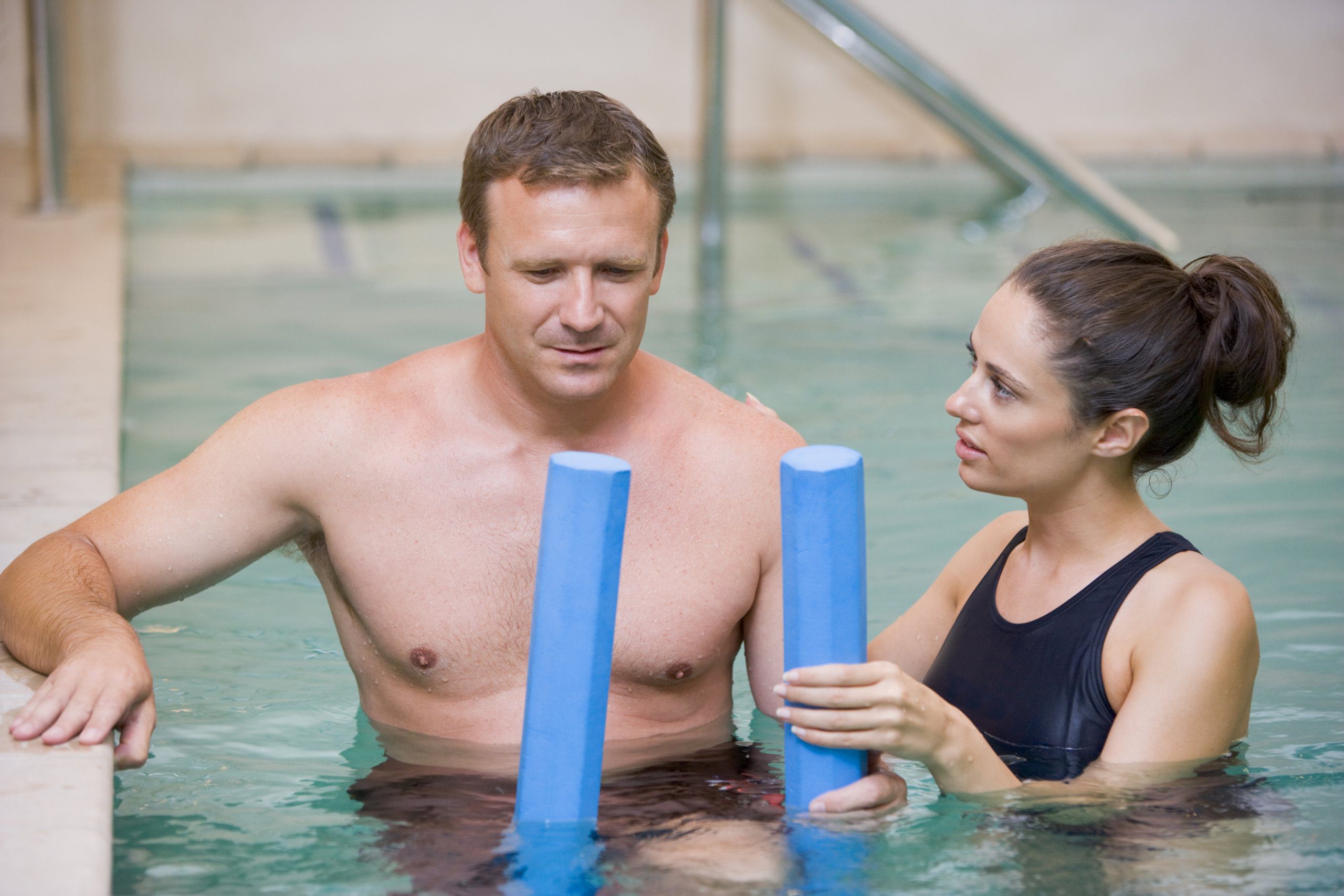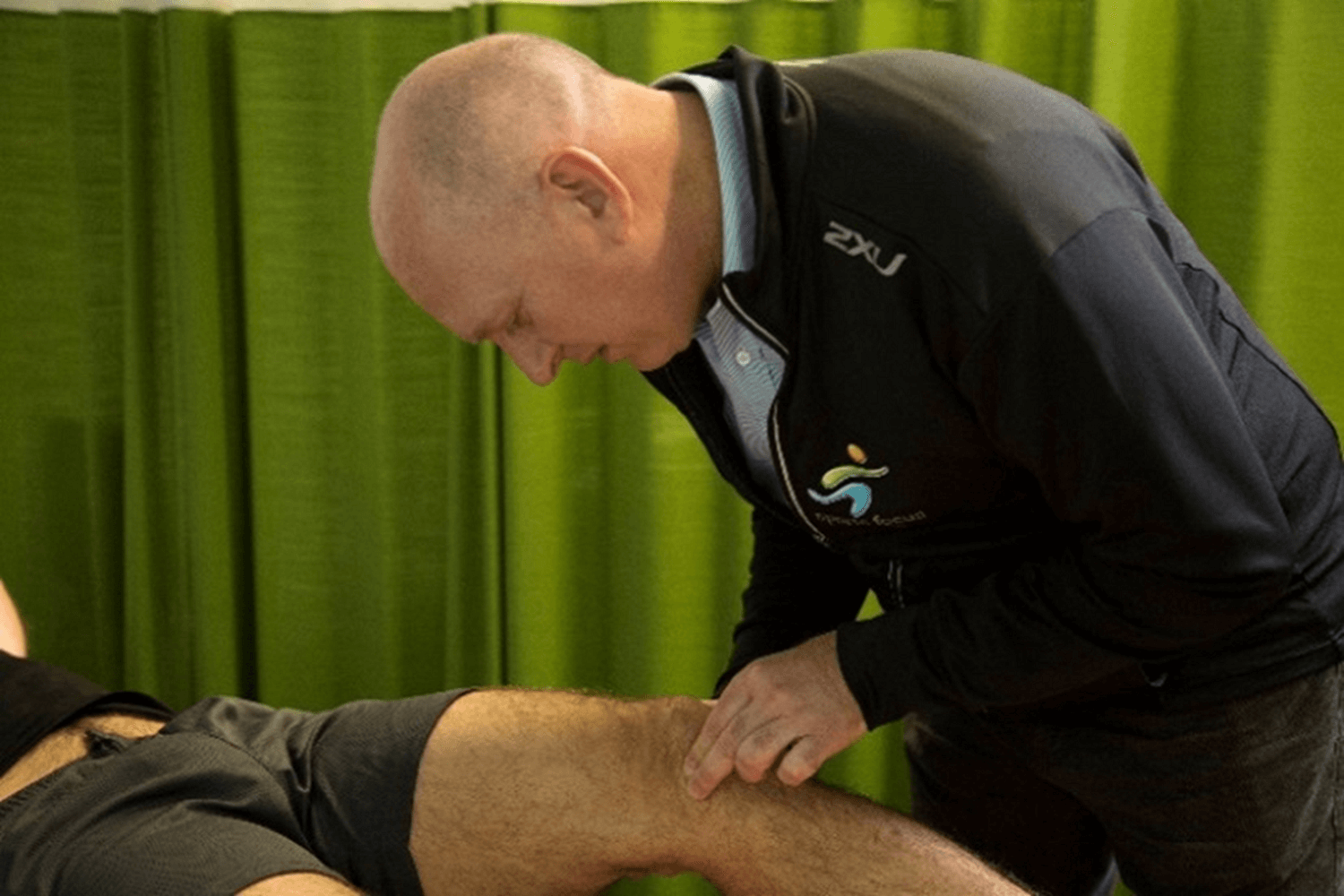
Kendo and Achilles tendinopathy risks
Below are some risk factors for kendo and Achilles tendinopathy:
– Sudden increase in training load.
– decreased calf muscle strength.
– Abnormal foot positioning with foot incorrectly turning outward which decreases the efficiency for forward propulsion.
– Training during cold weather without adequate warm-up.
– Prior lower limb injury.
Physiotherapy treatments for Achilles tendinopathy include modifying the training load, progressively tendon loading and muscle strengthening exercises, correcting biomechanical deficiency and a proper setup for optimal training environment.
For acute pain, your physiotherapist may suggest that you apply ice and take anti-inflammatory medications as well as wear supportive shoes with heel wedge during daily activities to reduce the strain on the Achilles tendon.
Physiotherapist, Pilates Instructor and Kendo Enthusiast



